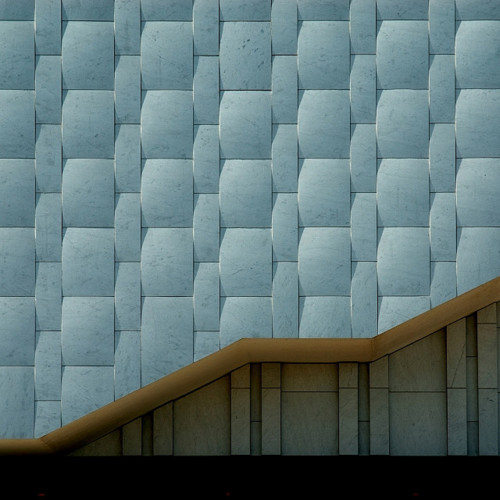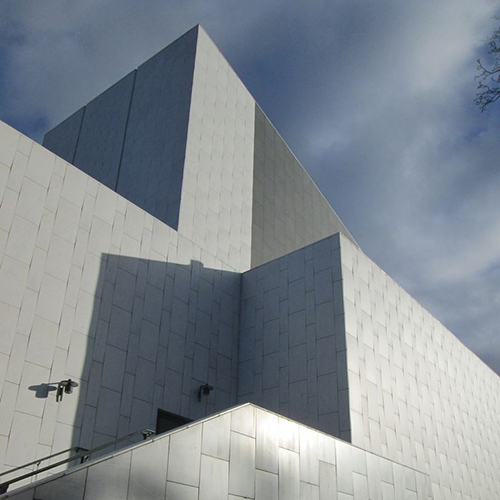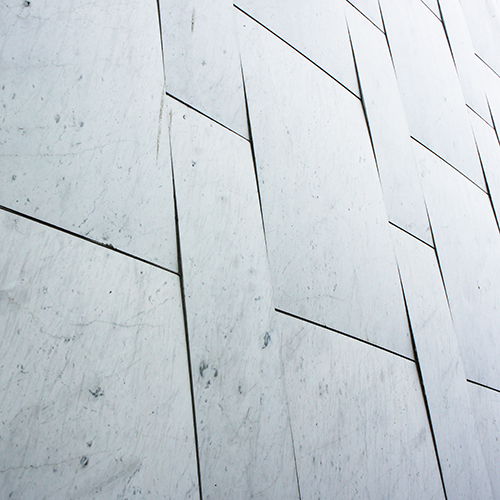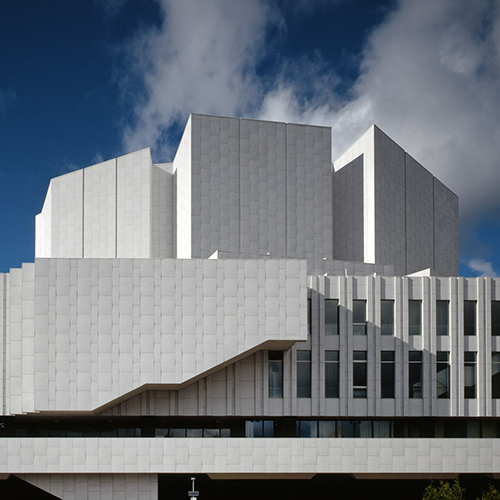Ageing gracefully - Alvar Aalto’s Finlandia Hall, Helsinki
/Photo by University of Helsinki
Building materials tend to alter slowly over time, so architects generally try to design so that materials stay in pristine condition for as long as possible. However, there are times when the architect plans for materials to transform so that they lose that ‘just built’ look. Unpainted or unanodised aluminium quickly oxidises, clouding its stark shine. Western Red Cedar matures to a distinguished grey in just a few years.
On a recent trip to Helsinki, John Rich visited Aalto’s Finlandia Hall. His initial impressions were that it was clad in white marble with an unusual, yet attractive, basket-weave finish. It turns out that Finlandia is one of a handful of buildings (The Empire State Building being another), that suffers from ‘thin-stone façade failure’. This basket-weave finish, however, was not one of those planned transformations.
Happy Accidents
In 1971, within just a few years of Finlandia’s completion, it was noticed that each panel of the thin white marble cladding was bowing. At great expense, all 7,500 sqm of marble was replaced in 1999. By 2009 it was apparent that the new marble cladding was failing in exactly the same way.
It turns out that the bowing effect is due to cycles of hot and cold temperatures. The grains that form the marble dislocate and do not return to their original positions. The outer surface, being more exposed to heat and cold, suffers more greatly, hence the bowing.
Hindsight might suggest that Helsinki was not a great place to use a material that is affected by large changes in temperature; however in this instance there is a delightful lightness to the façade that is really quite rare and beautiful.
“In our profession understanding the properties of building materials is essential. As a forensic architect I am always interested to find out how materials function and weather. I have witnessed countless occurrences where poorly detailed materials have not had the favourable consequences that Aalto’s Finlandia Hall experienced.
If a client desires a pristine finish, we know how to achieve that. If a graceful ageing is required, we will ensure we create that too.”





